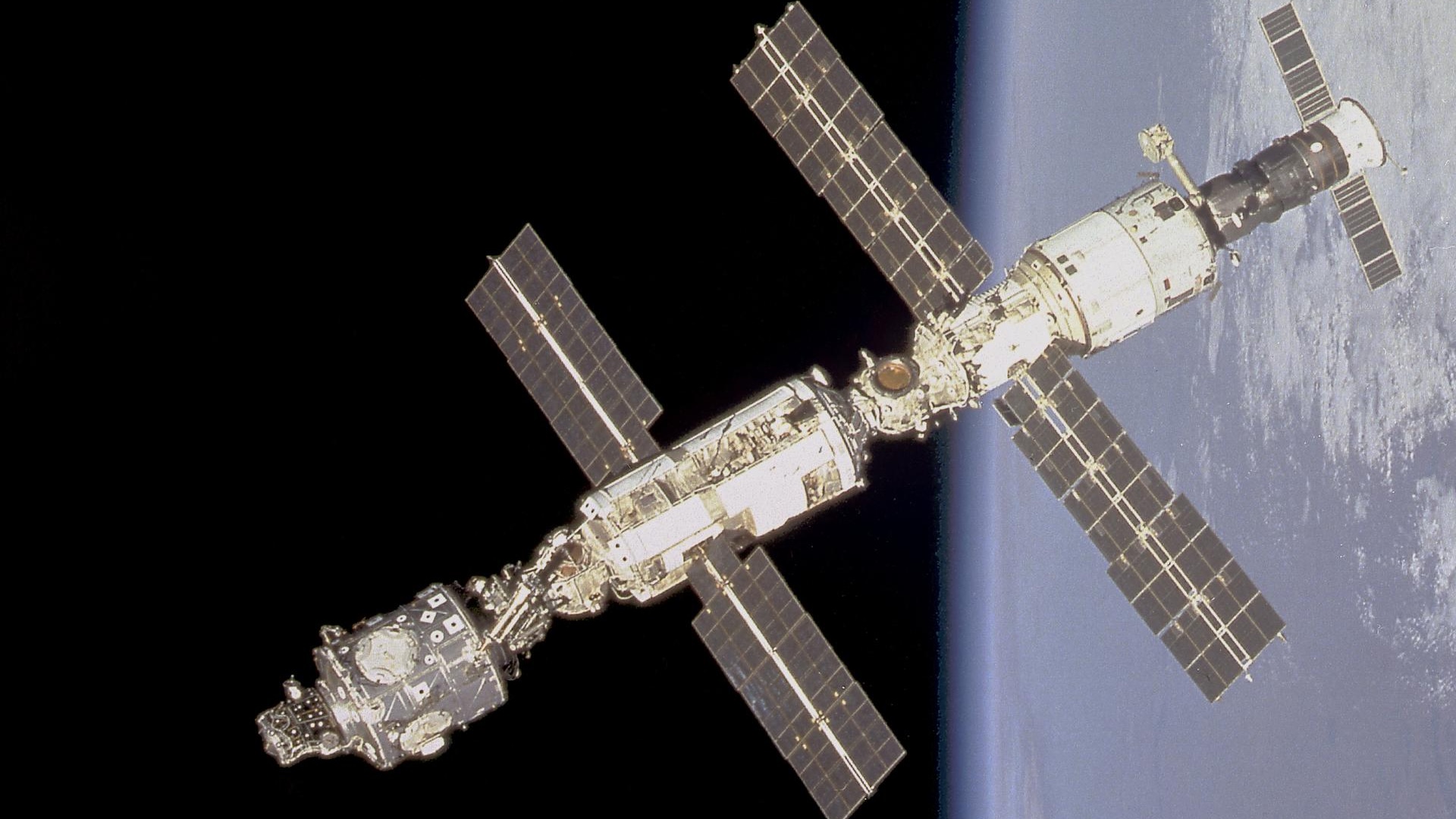NASA warns of potential 'catastrophic failure' on leaking ISS — but Russia doesn't want to fix it
A five-year leak on a Russian module of the International Space Station has gotten worse over time. Now, NASA and Russia's Roscosmos space agency disagree just how bad it is.

The International Space Station (ISS) is leaking — and major space agencies are divided over what to do about it.
The leak is located in a Russian segment of the station known as a PrK module, which connects Russia's Zvezda service module to the space station's main body. NASA and Russian space agency Roscosmos have known about the leak since at least 2019, but its underlying cause remains a mystery. Since its discovery, cosmonauts have taken various steps to minimize its impact, including sealing off the segment when it is not in use. But Roscosmos and NASA now disagree about the leak's severity.
According to a recent NASA report, the leak has intensified to the point where it poses a risk to the ISS's goal of operating until 2030. What's more, some NASA officials believe it could lead to "a catastrophic failure" of the station, Bob Cabana, the chair of the agency's ISS Advisory Committee, said during a public meeting.
However, Russian space officials have downplayed the severity of the leak, insisting that it will not jeopardize future ISS operations, according to CNN.
The ISS has been continuously occupied since November 2000. Most of its infrastructure is a quarter-century old, and it is possible that years of mechanical stress have caused tiny fissures to form in the walls of certain sections. Additional stress from colliding with small pieces of debris and micrometeors could also have contributed to the perforation.
Related: NASA offers SpaceX $843 million to destroy the International Space Station
NASA and Roscosmos have agreed to seal off the leaky segment if the rate of air loss becomes "untenable." But they have not yet reached a consensus on what, exactly, qualifies as an untenable rate. Currently, air is escaping at a rate of around 2 to 2.5 pounds (0.9 to 1.1 kilograms) per day above the space station's equilibrium, according to NASA. In April, it briefly spiked to 3.7 pounds per day (1.7 kg); if left unchecked, it could spike again.
Get the world’s most fascinating discoveries delivered straight to your inbox.
The agencies are reportedly working closely with one another to monitor the situation as it unfolds. And NASA plans to add an extra seat — called a "pallet seat" — aboard future SpaceX Crew Dragon spacecraft in case any astronauts need to evacuate.
"The station is not young," NASA astronaut Michael Barratt said during a news briefing. "We will expect to see more wear and tear in various other places."
The space station is expected to operate through to 2030, after which it will be deorbited into Earth's atmosphere for a fiery farewell. NASA currently has no plans to build a replacement for the ISS and instead will focus on crewed missions to the moon and Mars, according to the agency.

Joanna Thompson is a science journalist and runner based in New York. She holds a B.S. in Zoology and a B.A. in Creative Writing from North Carolina State University, as well as a Master's in Science Journalism from NYU's Science, Health and Environmental Reporting Program. Find more of her work in Scientific American, The Daily Beast, Atlas Obscura or Audubon Magazine.


